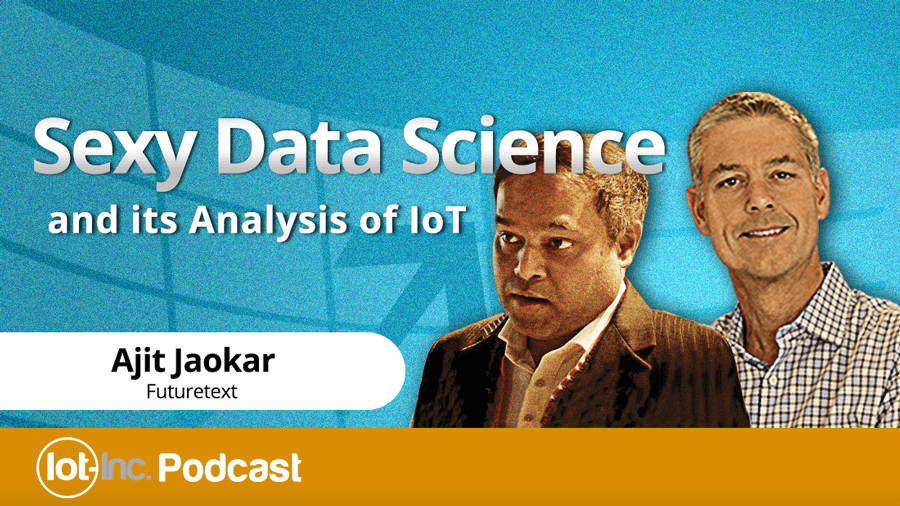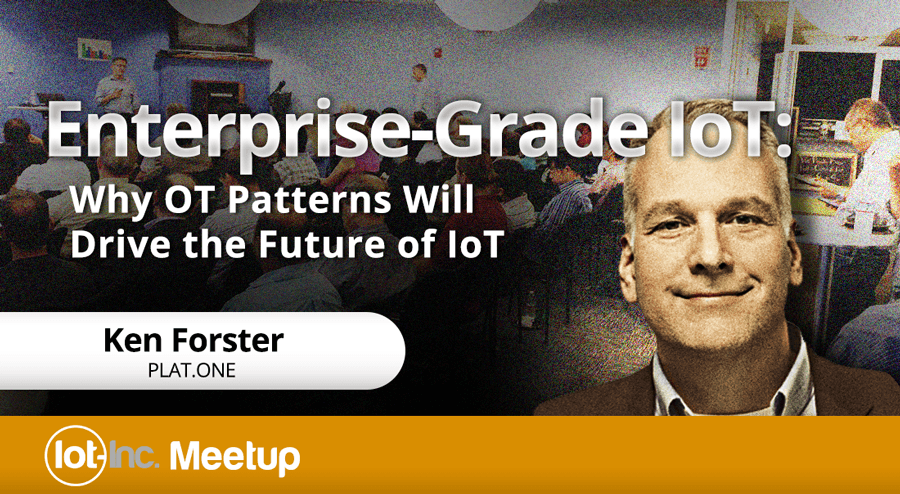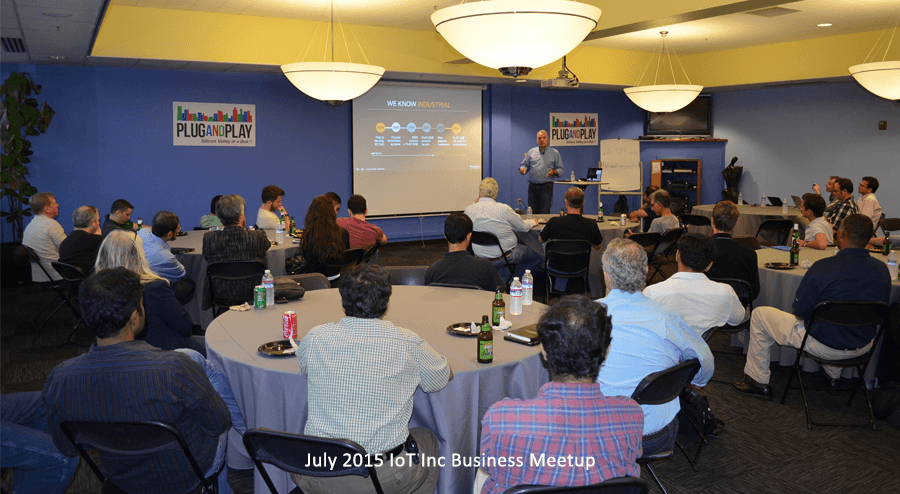19 Aug Descriptive Analytics – Discovering the Story behind the Data

Episode 27
Descriptive analytics is nothing new, however IoT is applying evolutionary forces to make it adapt to unstructured sensor data and evolve into a mechanism of discovery rather than report generation. Tools that blend traditional business intelligence, analytical modeling and visualization now help data scientists discover the story behind the data which can lead to valuable insights for the enterprise.Listen to this podcast (or read the transcript) with Dave Rubal about how to apply descriptive analytics to your Internet of Things ...

























